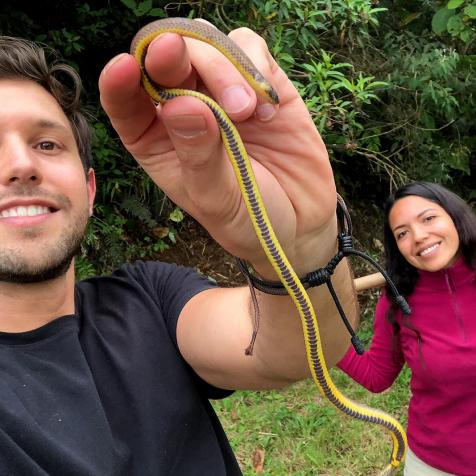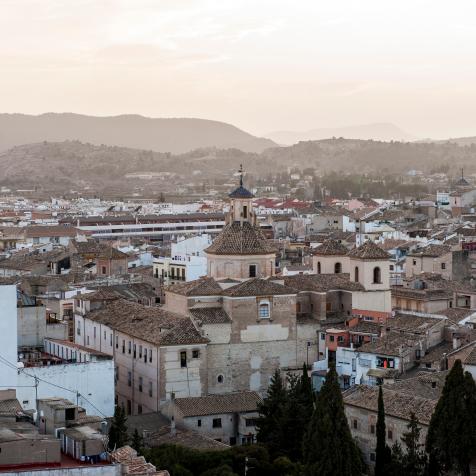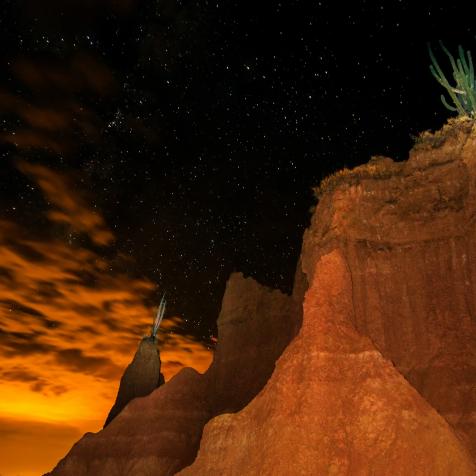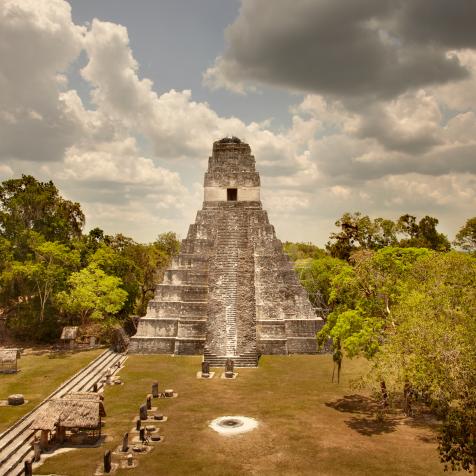
Enrique Alvarez
Dr. Kathy Sullivan is an Explorer of Firsts
The first American woman to walk in space is also the first woman to reach the deepest known point in the ocean.
On June 7, 2020, Dr. Kathy Sullivan surfaced from her 35,810-foot dive to the Challenger Deep. She had just completed a historic dive - becoming the first woman to reach the deepest point in the ocean. But Dr. Sullivan’s legacy doesn’t stop there. The 68-year old astronaut and oceanographer is now the first human to walk in space and descend to the deepest point in the ocean.
The Farthest-Reaches of Our Planet
Instead of walking in space this time, Dr. Sullivan and Victor L. Vescovo, a fellow explorer and diving partner, landed on a muddy depression nearly 7 miles beneath the surface. They spent about an hour and a half in on the floor of the Mariana Trench, which is located about 200 miles southwest of Guam.
After capturing images with the Limiting Factor, their two-person research submersible, Dr. Sullivan and Vescovo began the four-hour ascent back to surface. The Limiting Factor is the world’s first and only manned-submersible capable of reaching the Challenger Deep. Once they reached their ship, the pair called a group of astronauts aboard the International Space Station, hovering around 254 miles above earth.
Aboard the ship, Dr. Sullivan said, “As a hybrid oceanographer and astronaut, this was an extraordinary day, a once in a lifetime day, seeing the moonscape of the Challenger Deep and then comparing notes with my colleagues on the ISS about our remarkable reusable inner-space outer-spacecraft.”
"If you’re looking for that absolutely glorious picture postcard view, space wins it every time. But if you want to be dazzled beyond anything you can imagine about the variety and abundance of life on Earth, go into the sea.”
Dr. Sullivan shared her story as part of The Explorers Club World Oceans Week - check it out here.

Enrique Alvarez
Flagging the Accomplishment
Dr. Sullivan and Victor Vescovo held up The Explorers Club Flag #114, which stands for courage and fidelity. They are both Explorers Club Medal winners, and Dr. Sullivan is the Honorary Chair.
Since 1918, the flag has been carried to all of the Earth’s continents, as well as under the sea and into the stars. To date, more than 1,000 explorers have carried the flag on over 1,700 expeditions. A select handful of the 222 Explorers Club flags have been framed and now decorate the clubhouse in New York. These include flags carried by Roy Chapman Andrews (the real life “Indiana Jones”), Bob Bartlett, Thor Heyerdahl, Naomi Uemura, and miniature flags carried aboard multiple Apollo missions-- 8, 11, and 15.
These are some expeditions The Explorers Club Flag #114 has been carried.
- Adam A. Janikowski to Mount Everest, 2008: To complete an orbit of the highest summit on earth.
- Marilyn Engle in regions of Peru, 2011: To study the human health impacts of mercury emissions in the Amazon and high-altitude locations.
- Adam Shoalts on the Arctic River Expedition, 2014: To be the first canoe to travel through a 300-mile river of ice in the Arctic Circle.
- David Mearns on the Archaeological Excavation of ESMERALDA, 2015: To uncover the 500-year-old wreck site of what is believed to be the earliest ship ever found from Europe’s “Age of Discovery.”
Hybrid Oceanographer and Astronaut
Dr. Sullivan’s epic feat this week was quite different from when she walked in space on October 11, 1984. In 1973, she joined NASA as part of the first group of U.S. astronauts to include women. Becoming the first American woman to walk in space, Dr. Sullivan is a veteran of three shuttle missions. In 2004, she was inducted into the Astronaut Hall of Fame.
Dr. Sullivan has served as the administrator of the National Oceanic and Atmospheric Administration, and has always had a fascination with the ocean. Before becoming an astronaut, she participated in one of the first missions to study the volcanic processes that create the ocean crust in a deep-sea underwater vessel. It might be safe to assume that Dr. Sullivan is not claustrophobic, or afraid of heights.
Dr. Sullivan will remain at sea for the next few days, according to a representative from Caladan Oceanic, the underwater technology and expedition company aboard the ship.
Earlier this year, Dr. Sullivan offered a powerful message about how to face challenging situations. In The Explorer’s Club “Exploring Isolation” livestream and Discovery’s CONFESSIONS FROM SPACE, she told us to “Be Here Now.”
This article was written in partnership with The Explorers Club. Hear more stories from explorers during World Oceans Week, June 7 - 12.













































































